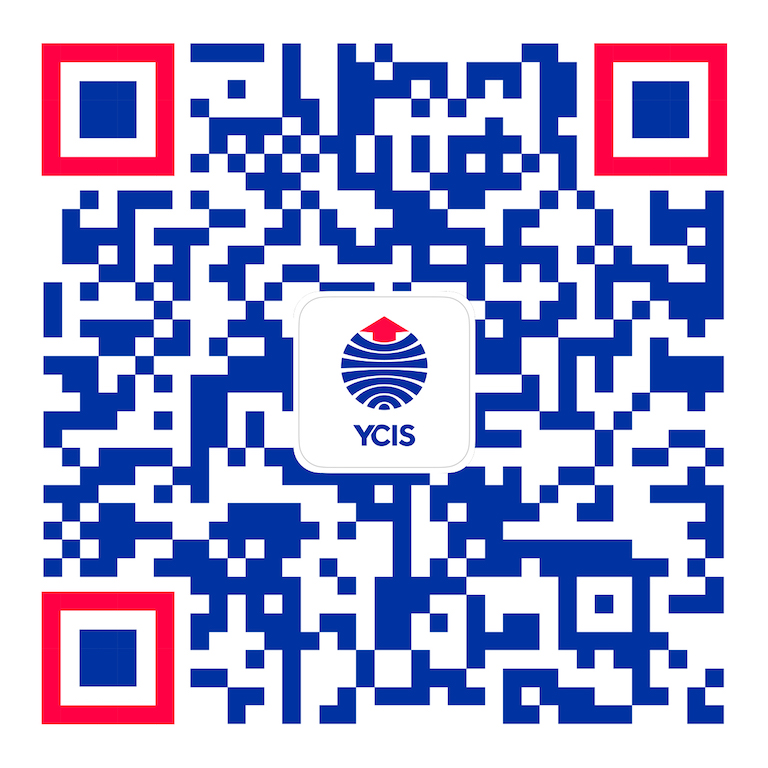Go Back
News
School News
Embracing Integrated Subject Learning
School News
12 Jul, 2017
18 : 00
The Year 7 Integrated Programme marks the beginning of our new Middle School education. The Yew Chung International School (YCIS) envisages creating a vibrant learning communities of self-directed, globally minded, and enthusiastic lifelong learners. Emerging from childhood, our learners are engaged in authentic educational experiences that nurture them as the whole child as they develop into young adults.
Our aim is to make our teaching methods flexible in order to ensure that we meet the needs of all our students, while teaching to every learning style and to assist in the development of lifelong skills, so that our graduates become global citizens. Each year the Integrated Programme will be introduced to the next Year level; finally it will run from Years 7–9. At each Year level the students will have engaged teachers concentrating on this approach, and the students will forge a deeper connectedness with their peers, classroom area, teachers and school.
The curriculum will combine the traditional classroom, where teachers are the subject experts, with the Integrated Programme where the students approach the topics with a skills-based emphasis, as they gain expertise. We will be able to use our new learning area in many different ways and our students will benefit from the flexibility of their new learning space. The current high standards of YCIS will be maintained as students gain the skills necessary to communicate with others and the knowledge for personal development.
Collaborative Learning Spaces under Renovations
YCIS Secondary campus renovations are underway and the Year 7 floor has been transformed for flexible and collaborative learning communities. YCIS will be the first school to bring the learning communities’s design concept of the US-based company, Fielding Nair International (FNI), to Hong Kong. For the Year 7 students and teaching staff they are already making the transition towards deepening integrated subject learning, as they are enjoying the new space.
How We Combine Subjects
For selected periods of the timetable the whole Year 7 group and all relevant teachers can unite and link subjects. For example, students have recently explored why and how people write autobiographies in an English lesson, including writing styles. Through their research on the Yangtze’s source, tributaries, and the landmarks along the river’s journey towards the sea, the students were engaged in writing of a fascinating autobiography from the “river’s” viewpoint. Students could choose to work in small groups or pairs and carefully plan the collaboration so as to present a piece of unique and creative written work.
How We Set Up Collaborative Spaces
Students and the Year group’s teachers recently used the open-air podium space offering non-classroom space and an openness to inspire. Their various subject teachers collectively planned and executed the sessions, mixing and overseeing the students’ work. The Year 7 floor has been fully renovated and used. The created areas lend support to: observational learning, information-based learning, project-based learning, spontaneous learning, peer and individual learning. With a range of seating and gathering options, students often have the ability to select the most optimum and beneficial way for them. Secondary teacher Mr Sharma states, “In just a short time we have already seen advanced student collaboration and positive responses.”
The designs have been developed over several months with academic leadership’s input and specialists’ guidance. Flexible learning spaces have been created to provide areas for a range of activities, albeit in an individual setting, peer learning or group settings. Another advantage of collaboration with such an environment is the limitless adaptation options, as per learning objective calls for. This project will significantly bring the learning spaces to meet the speed of progression of our international curriculum.








